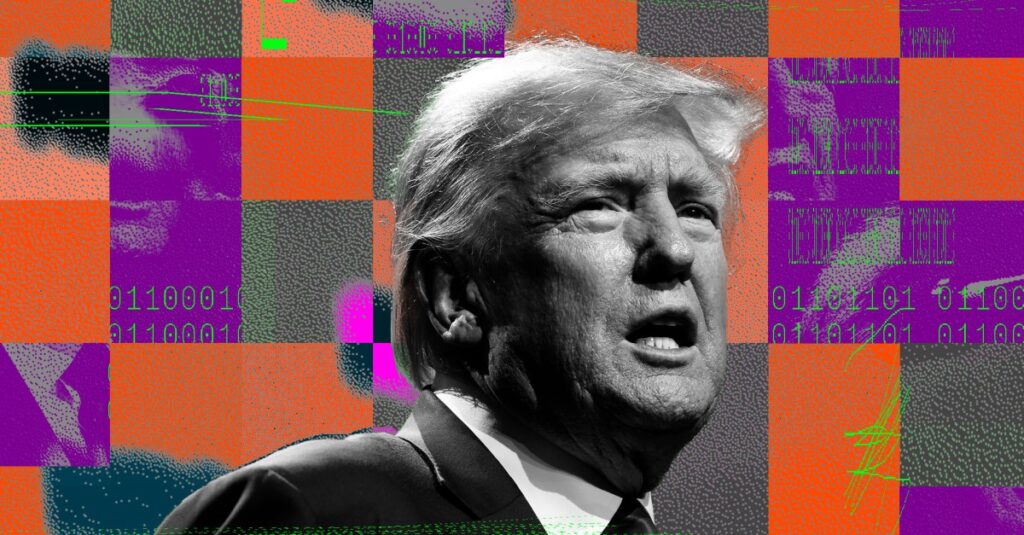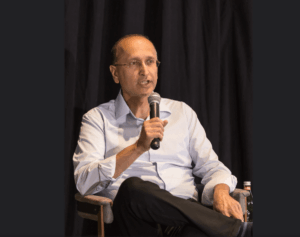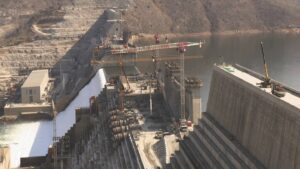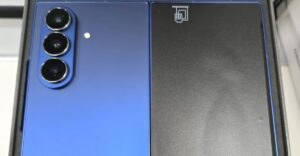
AT&T has firmly stated that its network was not responsible for the technical difficulties experienced during a conference call involving former President Donald Trump. The call, which included faith leaders from across the United States, was marred by disruptions that Trump attributed to AT&T’s network. However, the telecommunications giant has pointed the finger at an unnamed “conference call platform” as the source of the problem.
The incident unfolded on Monday when Trump took to Truth Social to express his dissatisfaction, describing the call as a “major conference” with “tens of thousands of people on the line.” He criticized AT&T for being “totally unable to make their equipment work properly” and suggested that intervention from the company’s leadership was necessary. This marked the second time Trump claimed to have encountered such issues.
AT&T’s Response and Initial Confusion
AT&T’s initial response to the situation was one of uncertainty. The company reached out to White House Press Secretary Karoline Leavitt on the social media platform X, seeking to “quickly understand and assess the situation.” By 6:53 PM ET, AT&T had conducted an initial analysis and determined that the disruption was not due to their network but rather an issue with the conference call platform.
“Our initial analysis indicates the disruption was caused by an issue with the conference call platform, not our network. Unfortunately, this caused the delay, and we are working diligently to better understand the issue so we can prevent disruptions in the future,” AT&T stated.
The company did not specify which conference call platform was responsible, and it did not immediately respond to inquiries from The Verge regarding this detail. Similarly, the White House has yet to comment on the incident.
Historical Context and Technical Challenges
This isn’t the first time a high-profile conference call has faced technical difficulties. In the past, large-scale calls involving thousands of participants have encountered similar issues, often due to the limitations of the platforms used to host them. As remote communication becomes increasingly vital, the reliability of these platforms is under greater scrutiny.
Experts in telecommunications have noted that while network providers like AT&T are often blamed for such disruptions, the complexity of modern communication systems means that issues can arise from various sources. Conference call platforms, in particular, must handle massive data loads and ensure seamless connectivity, which can be challenging under high demand.
Implications for Future Communications
The incident has sparked discussions about the reliability of digital communication tools, especially in high-stakes scenarios involving prominent figures. As Trump suggested the possibility of using another carrier for future calls, the situation underscores the need for robust and dependable communication solutions.
Telecommunications analyst Sarah Thompson commented, “This incident highlights the importance of having backup systems and alternative platforms ready, especially for events with significant public interest. Providers and platforms must work together to ensure seamless service.”
Looking Ahead
As AT&T continues to investigate the root cause of the disruption, the company has expressed its commitment to preventing similar occurrences in the future. Meanwhile, the possibility of rescheduling the call remains, with Trump indicating that a different carrier might be used next time.
The incident serves as a reminder of the critical role technology plays in modern communication and the challenges that come with it. As digital platforms evolve, the demand for reliable and efficient service will only grow, prompting ongoing innovation and collaboration within the industry.







